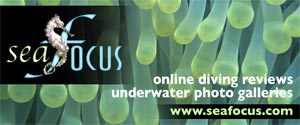- Home
- Directory
- Shop
- Underwater Cameras - Photographic Accessories
- Smartphone Housings
- Sea Scooters
- Hookah Dive Systems
- Underwater Metal Detectors
- Dive Gear
- Dive Accessories
- Diving DVD & Blu-Ray Discs
- Diving Books
- Underwater Drones
- Drones
- Subscriptions - Magazines
- Protective Cases
- Corrective Lenses
- Dive Wear
- Underwater Membership
- Assistive Technology - NDIS
- On Sale
- Underwater Gift Cards
- Underwater Art
- Power Stations
- Underwater Bargain Bin
- Brands
- 10bar
- AOI
- AquaTech
- AxisGo
- Backscatter Underwater Video and Photo
- BLU3
- Cayago
- Chasing
- Cinebags
- Digipower
- DJI
- Dyron
- Edge Smart Drive
- Eneloop
- Energizer
- Exotech Innovations
- Fantasea
- Fotocore
- Garmin
- Geneinno
- GoPro
- Hagul
- Hydro Sapiens
- Hydrotac
- Ikelite
- Indigo Industries
- Inon
- Insta360
- Intova
- Isotta Housings
- Jobe
- JOBY
- Kraken Sports
- LEFEET
- Mirage Dive
- Nautica Seascooters
- Nautilus Lifeline
- NautiSmart
- Nitecore
- Nokta Makro
- Oceanic
- Olympus
- OM System
- Orca Torch
- Paralenz
- PowerDive
- QYSEA
- Scubajet
- Scubalamp
- Sea & Sea
- SeaDoo Seascooter
- SeaLife
- Seavu
- Shark Shield
- Sherwood Scuba
- Spare Air
- StickTite
- Sublue
- Suunto
- SwellPro
- T-HOUSING
- Tusa
- U.N Photographics
- Venture Heat
- XTAR
- Yamaha Seascooter
- Youcan Robot
Dad is it possible to dive in brown corduroys?
Contributed by Ric Mingramm
Dive Log - 12th April 2004 - Dive 4 with Nitrox
Boat - Dive Victoria
Buddy - Fletcher
Mix - EAN33
Notes - Fletcher first Nitrox dive since qualifications and first dive since attaining Advanced Open Water.
Destination - Nepean Wall Depth 10-35 m wall dive - huge submerged cliff covered with sea life. Eastern wall of the infamous Port Philip Rip. Steep face with overhangs, cracks & ledges. Facing very deep water.
Well this was to be an exciting one Son Fletcher had recently attained his PADI Advanced Open Water and Enriched Air Specialty qualifications, so this was to be a deep(ish) dive on Nitrox.
Conditions were surgy but not too unpleasant on the dive boat. Air temperature of about 18 degrees on a cloudy day - water was to be about 15 degrees, so quite pleasant for Victorian diving.
We descended down the shot line with no problems and levelled at about 24 metres and were amazed at the amount of fish life coming up the 'steeps', I squatted on the bottom and sacrificed an abalone (who can really eat those things anyway, they taste like shoe leather - I think i have tried them cooked every way possible except with ice cream). Within a minute we were surrounded by a variety of magnificent fish. Under a ledge Son Fletcher spied and Blue Devil Fish - here I was thinking that these fish were the size of gold fish but they could fill a whole plate!!!
We waiting patiently and hand feed the fish (including the Devil) which was an awesome experience. We then explored the overhangs and bottom out at 30 metres looking for crays.
Son Fletcher indicated it was time to surface so we proceeded up the 'steeps' - I got to a ledge at 15 metres and looked down at Son Fletcher at about 18 metres. He was looking side to side obviously he had lost me, I swum down tapped his tank, he turned and followed. We then did a 2 at 10 and then slowly moved up to a mid water safety stop at 5 metres.
Out of the corner of my eyes I glanced a long dark shape coming straight for us, next thing you know we have a seal swimming between us, around us and playing with us. If only we had enough gas we could have played with him/her. The seal stayed with us until we ascended.
On the surface I said to Son Fletcher 'wasn't that awesome' - he explained that he thought he may have to change his pants. I said 'It was only a seal!' He said 'remember when I was on the ledge below you?' - 'yeah', I said, 'you had lost me', 'NO, I hadn't' he said, 'I was watching a big shark in the deep water!!!!!' - 'How big' I asked. 'Bigger than you Dad', he exclaimed!
Son Fletcher had just finished a week at Melbourne Aquarium on work experience and was confident enough to identify the beast:
FISHY FACTSHEET
Common Name: Broadnose Sevengill shark
Also known as: Tasmanian tiger shark Broad-snout, ground shark, cowshark.
Scientific Name: Notorynchus cepedianus
Family: Hexanchidae
Distribution in Australia: They are found in temperate waters along the south and east coast of Australia from Sydney, NSW to Esperance, WA.
Habitat: Found in shallow bays near the surface or over reefs down to 150 m. Habitat type will vary depending on food availability.
Size/Age: Grows up to 3 m. Born alive at 35 - 45cm in length. Males mature at 1.5m and females at about 2.2m.
Adaptations:
Colour:Like most predators, Sevengill sharks employ counter-shading. Their body is dark on top to blend in with their surroundings when viewed from above. Their underside is light so they blend in with the surface when seen from below. Their body is generally a grey-brown colour with numerous black and white spots on the dorsal (top) surface and pectoral fins.
Teeth: The top rows of teeth are needle-like for holding prey. The bottom rows are comb-shaped with a saw-like edge for tearing and cutting.
Behaviour: They hunt by stealth, sneaking up on prey from behind. Seven-gill sharks are also known as 'wolves of the sea' as they hunt in packs. They work together with other seven-gills to bring down prey, including seals, sharks and dolphins. This characteristic is also thought to be an example of a prehistoric shark hunting strategy.
Senses: Most sharks use electrosense when hunting. They pick up the electrical impulses produced by animals around them, allowing them to detect both prey and predators.
Summary:
Body: Their body is torpedo shaped to allow easy movement through the water. Their head is broad and blunt. They have a pair of fins on the side of their body and a single dorsal fin on the top of their body for balance.
Ancient sharks: They are quite prehistoric in their formation, being the only species of shark to retain seven pairs of gill slits. Most modern sharks and rays have five gill slits.
Reproduction: Sevengill sharks are ovoviparous, where the female has eggs that hatch inside her body. No placental connection is formed, as found in mammals. The embryos live off their yolk sac for the duration spent in the uterus. When this food supply becomes depleted, the embryos absorb nutrients that are secreted from the uterus walls until they are born. Large litters of up to 82 young are produced.
Further Information:
Useful sharks: In certain areas of the world, Sevengill sharks are popularly used for liver oil and hide (leather).
Other species: There are two species of Sevengill shark in Australia. The Broadnose Sevengill Shark is the larger of the two, growing to 3m. The Sharpnose Sevengill Shark is comparatively smaller, growing to 1.4m. Sharpnose Sevengill Shark are found in deeper water, down to 1000m deep. They are rarely encountered by humans, except deep-sea fishermen.
References:
Last, P. R. and Stevens, J. P., (1994) Sharks and Rays of Australia, CSIRO. Aitken, K., (1998), Green Guide: Sharks and Rays of Australia, New Holland Publishers (Australia) Pty Ltd.
The Dive Master said oh you often see sharks here, thanks I said! WE came we saw we conquered I guess. Didn't dampen our enthusiasm because within 2 hours we were back in again.
I am so keen I am going to do the PADI Shark Awareness Course at Coffs and maybe dive with the beast in Byron in August - Son Fletcher is now also keen to see these magnificent creatures, although I am worried he keeps talking about Great White cage dives ...
Shopfront
-
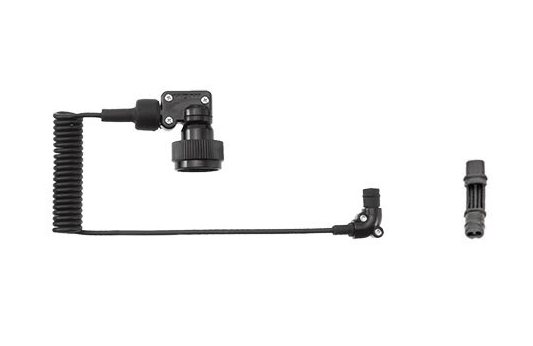 Inon Optical D Cable SS Type L Rubber Bush Set 2
Inon Optical D Cable SS Type L Rubber Bush Set 2
- Price A$ 129.00
-
 Scubalamp V4K V3 Movie Grade Photo/Video Light - 8,000 lumens
Scubalamp V4K V3 Movie Grade Photo/Video Light - 8,000 lumens
- Price A$ 699.00
-
 GoPro HERO13 Black Action Video Camera
GoPro HERO13 Black Action Video Camera
- Price A$ 649.00
-
 Nautica Seascooter Marine 500
Nautica Seascooter Marine 500
- Price A$ 899.00
-
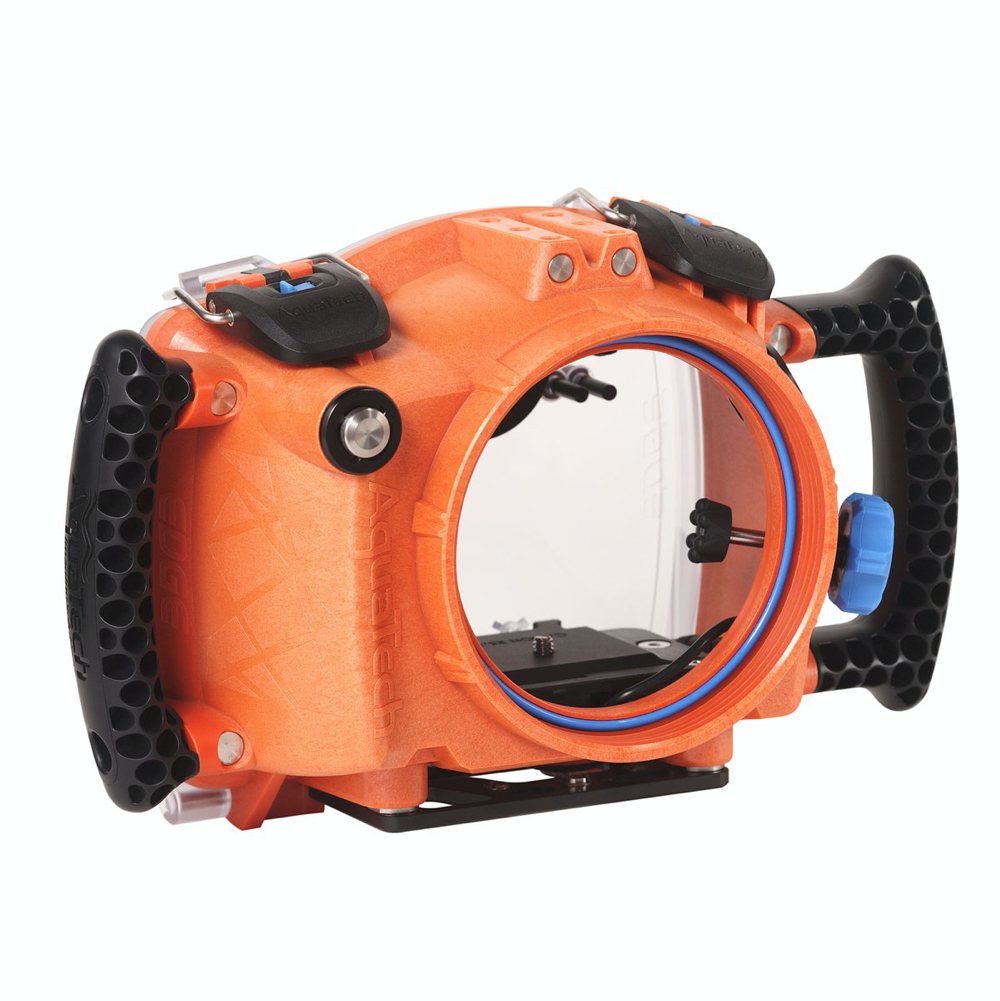 AquaTech EDGE Base Camera Water Housings - Sony mirrorless
AquaTech EDGE Base Camera Water Housings - Sony mirrorless
- Price A$ 1,249.00
In the Directory



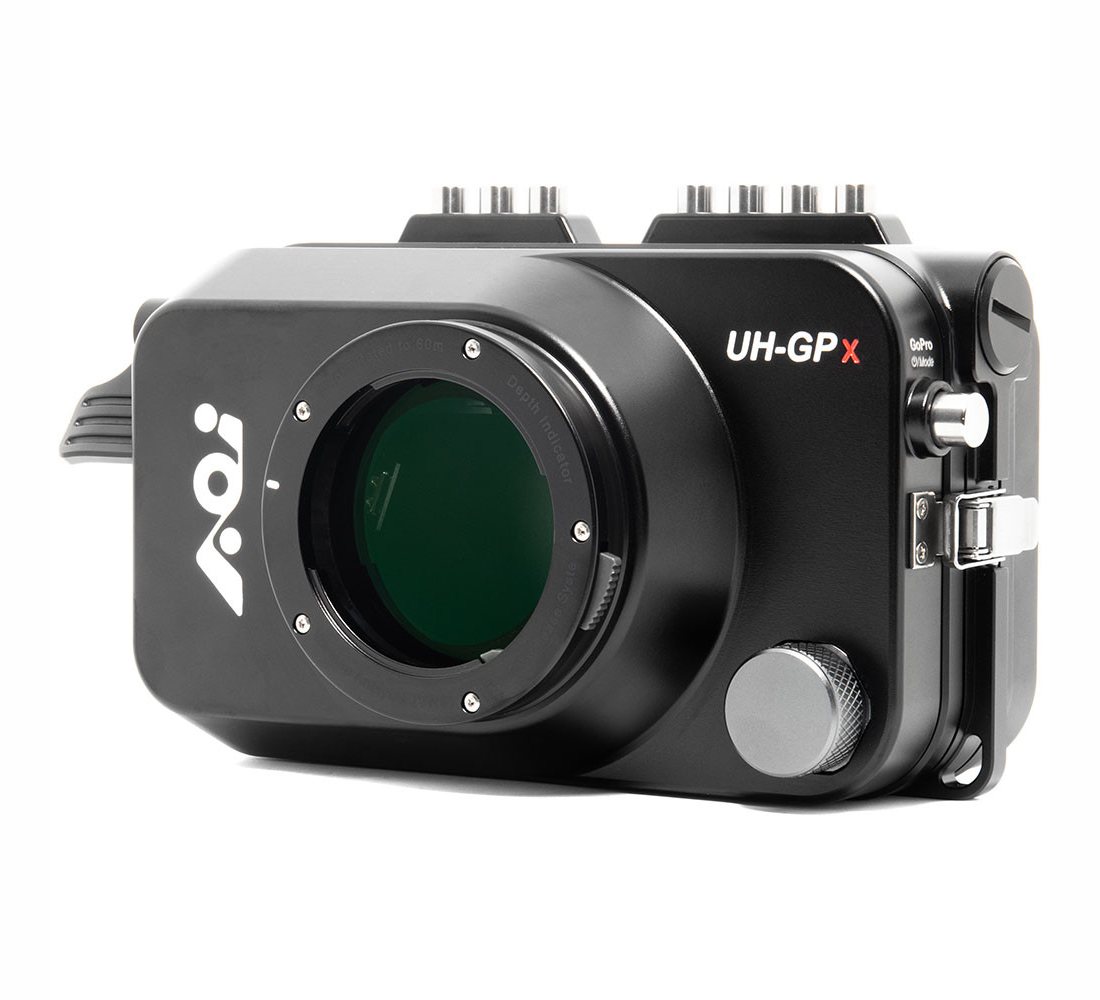
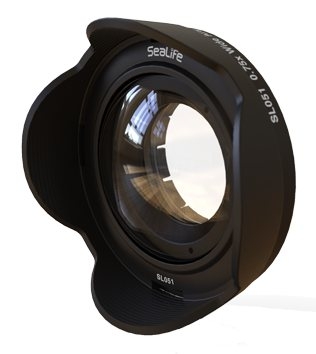
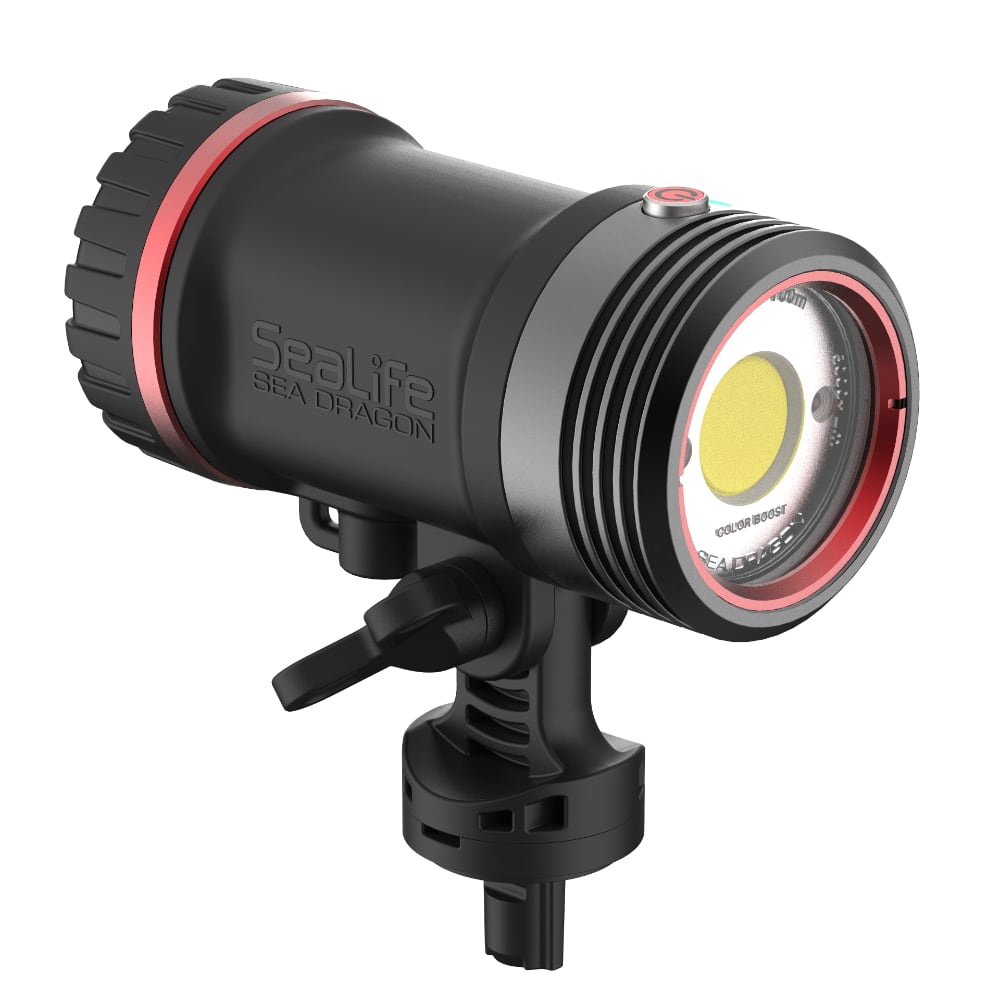
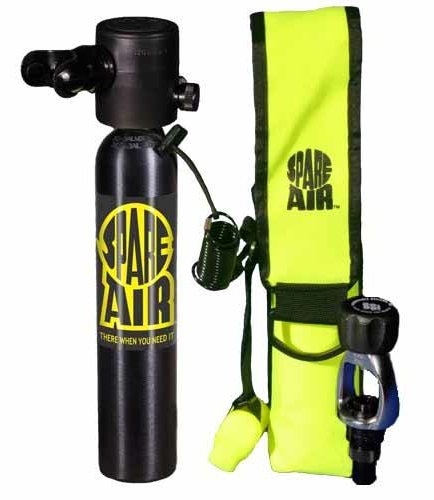
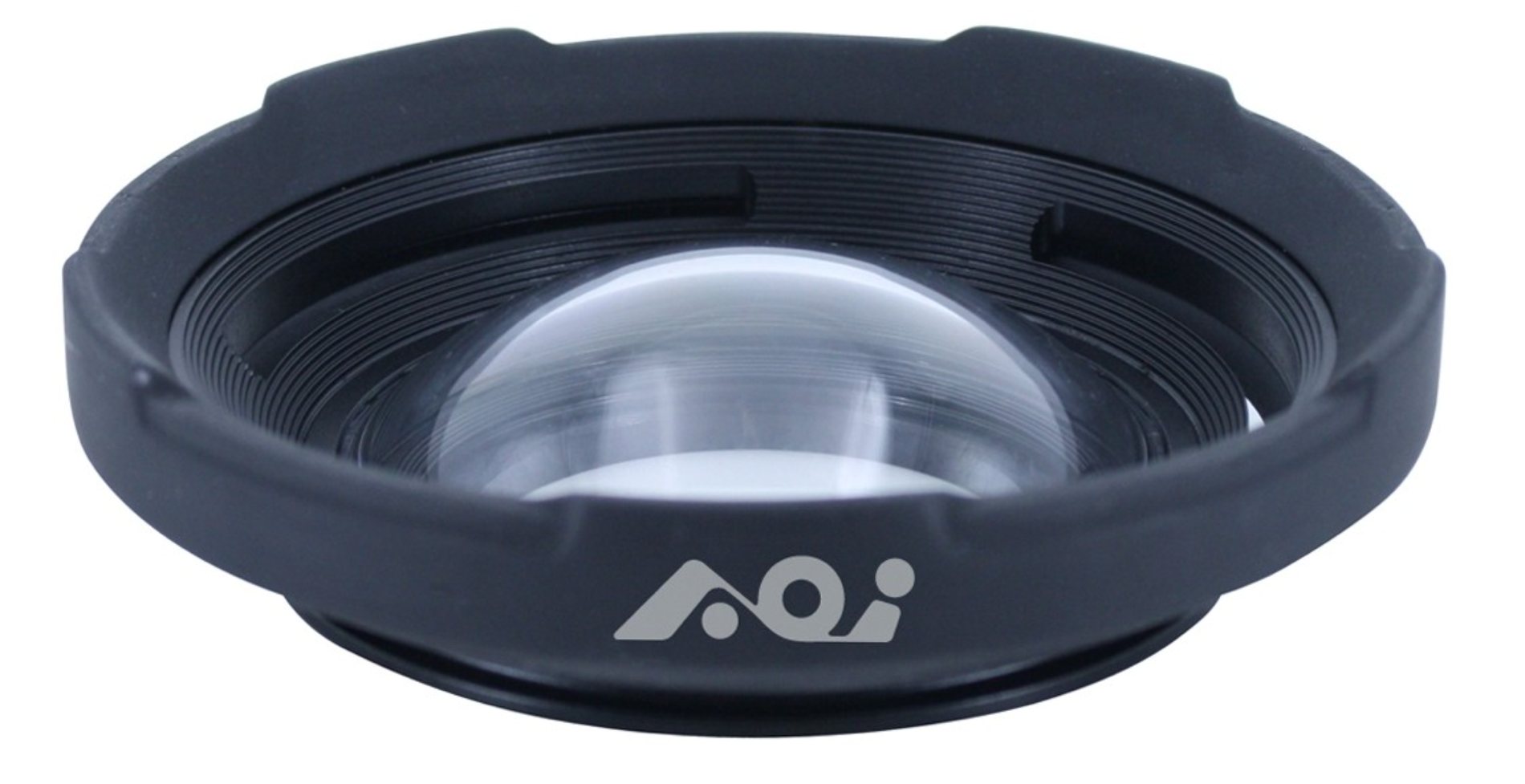
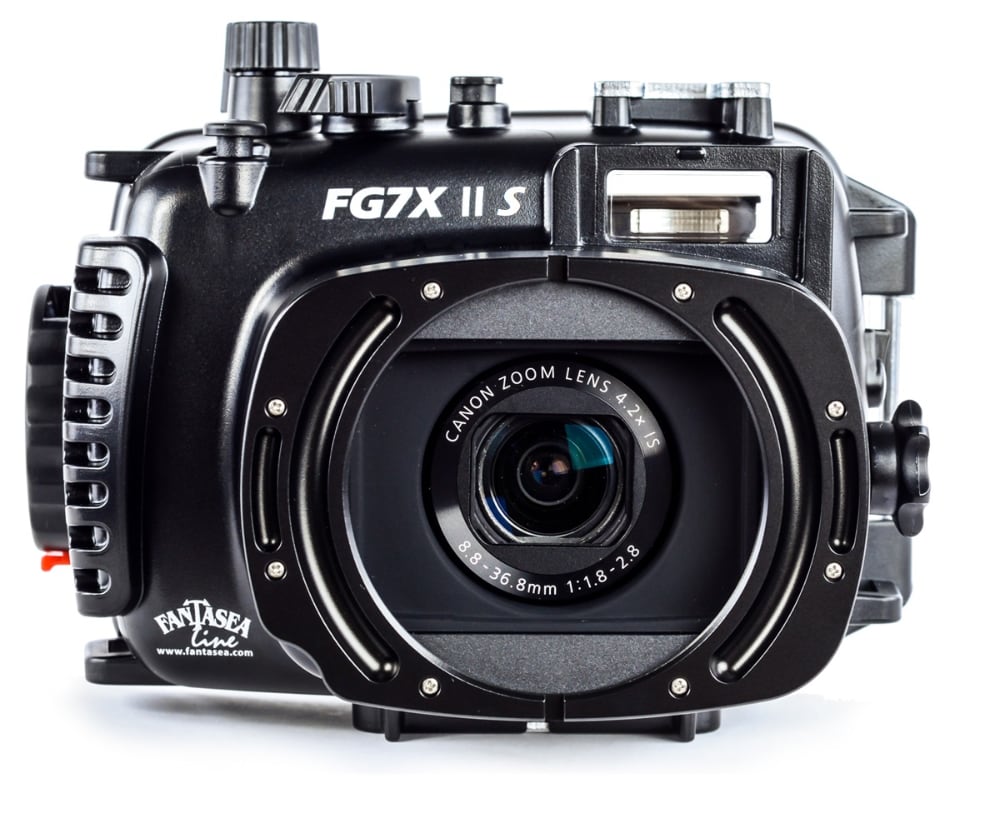
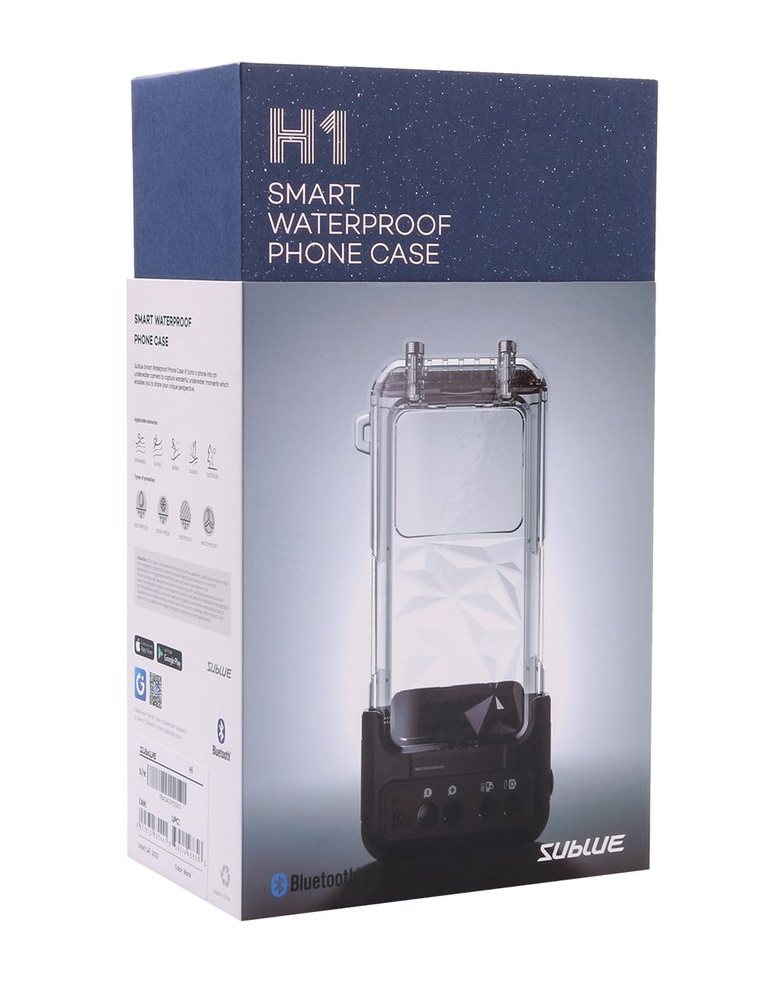
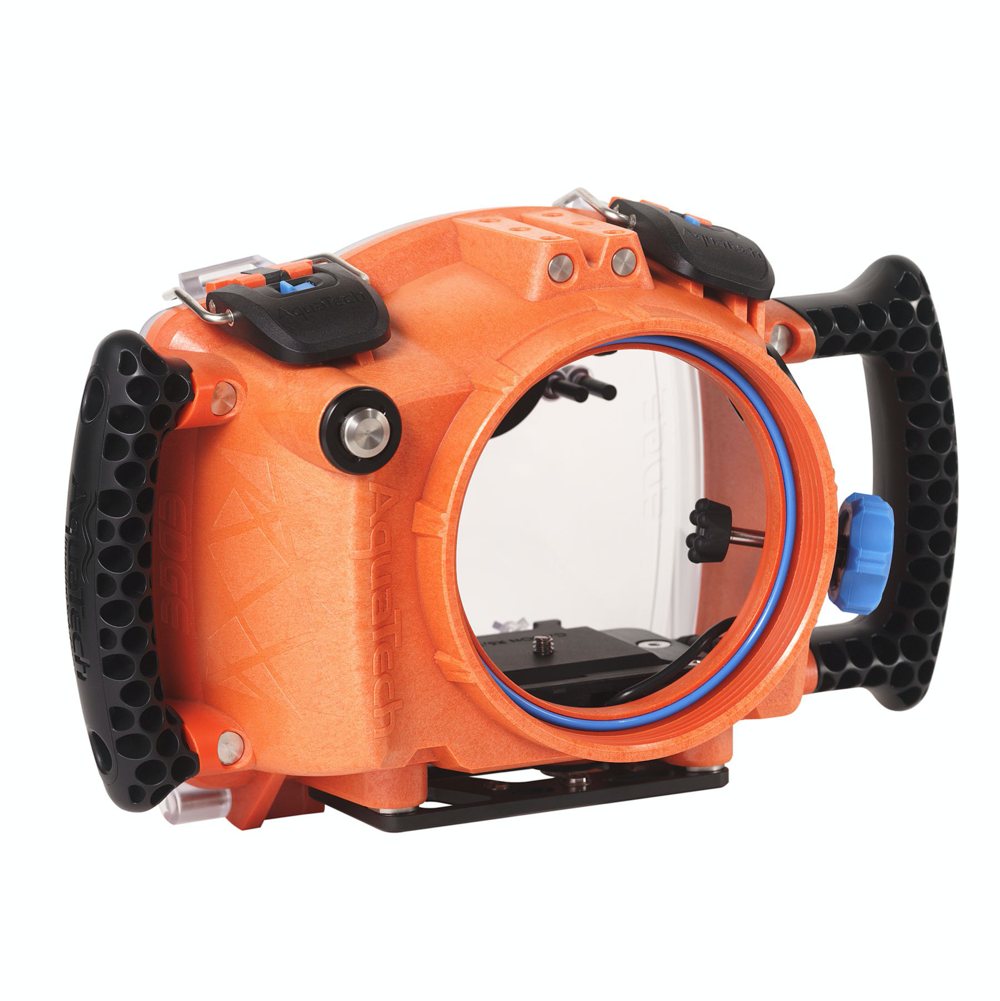



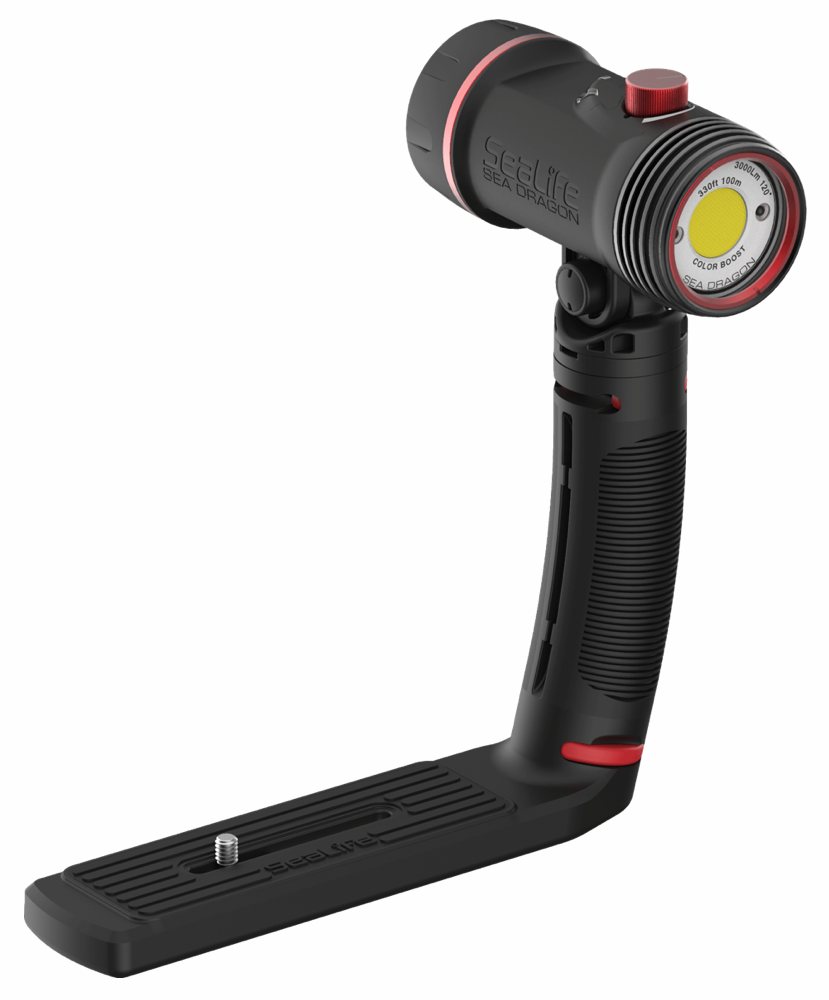 SeaLife Sea Dragon 3000F with Color Boost™ Auto Photo/Video Light
SeaLife Sea Dragon 3000F with Color Boost™ Auto Photo/Video Light  Scubalamp PV21 LED Video/Photo Light - 2000 lumens wide - 1200 lumens spot
Scubalamp PV21 LED Video/Photo Light - 2000 lumens wide - 1200 lumens spot  UC-92 Battery USB Charger for OM System TG-7 Waterproof Tough Camera - Olympus
UC-92 Battery USB Charger for OM System TG-7 Waterproof Tough Camera - Olympus 



